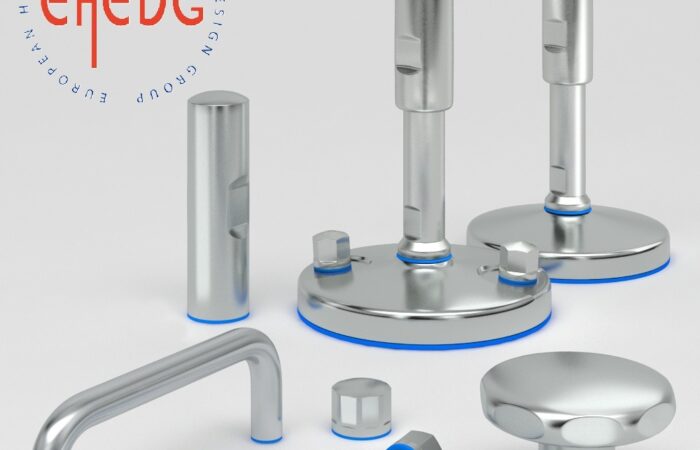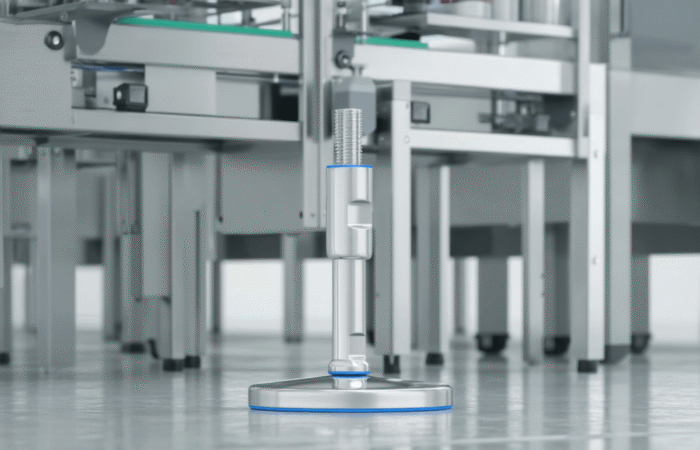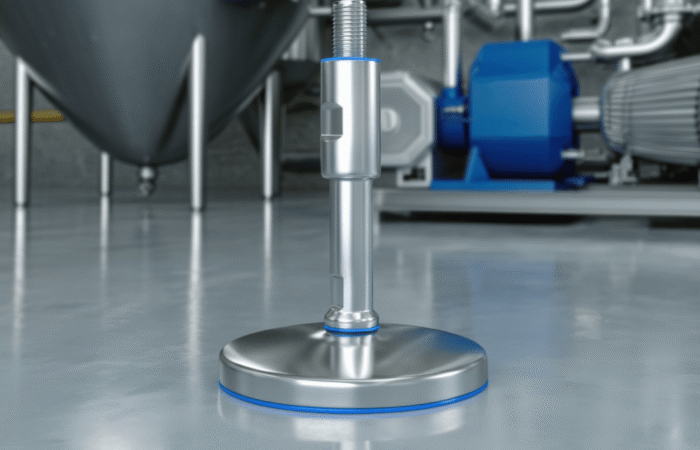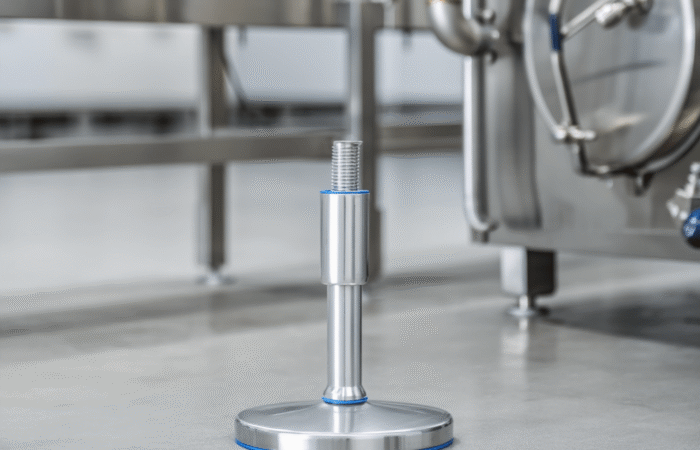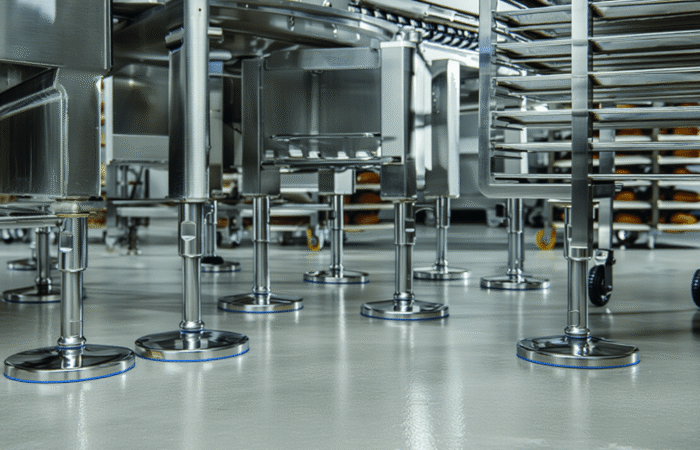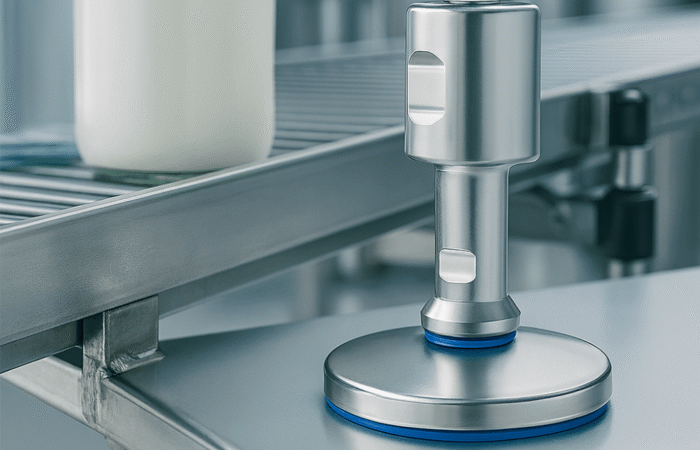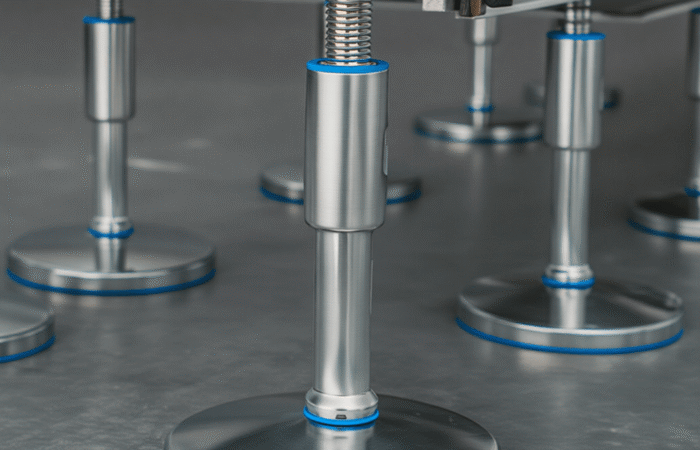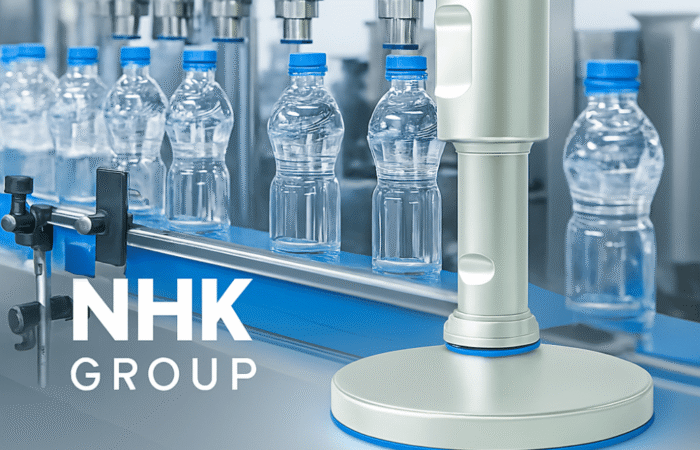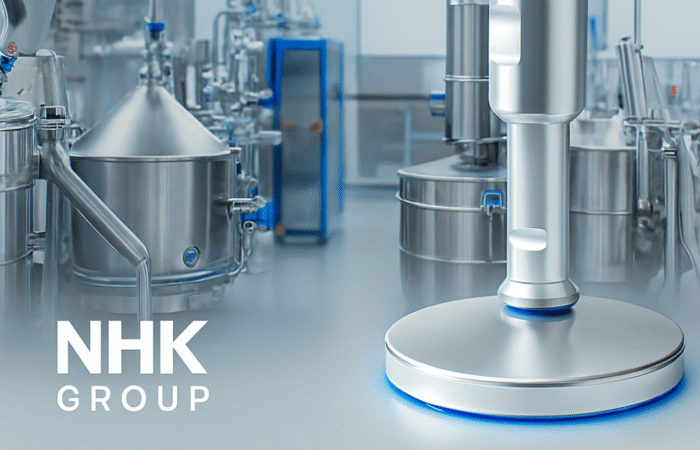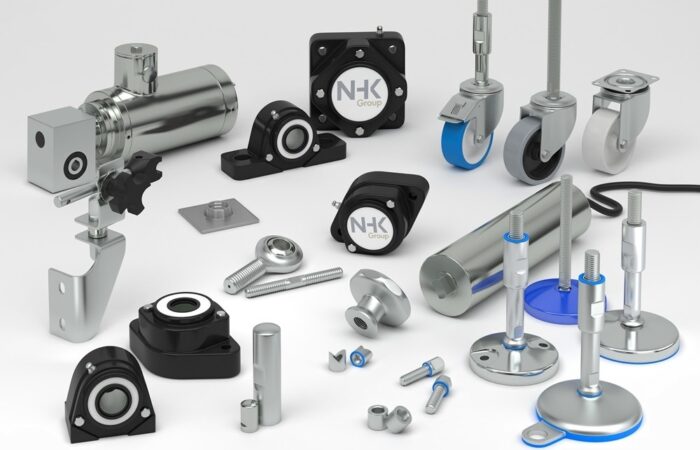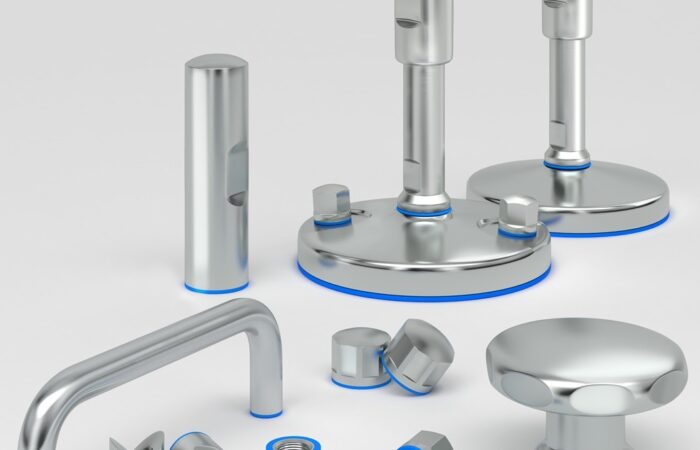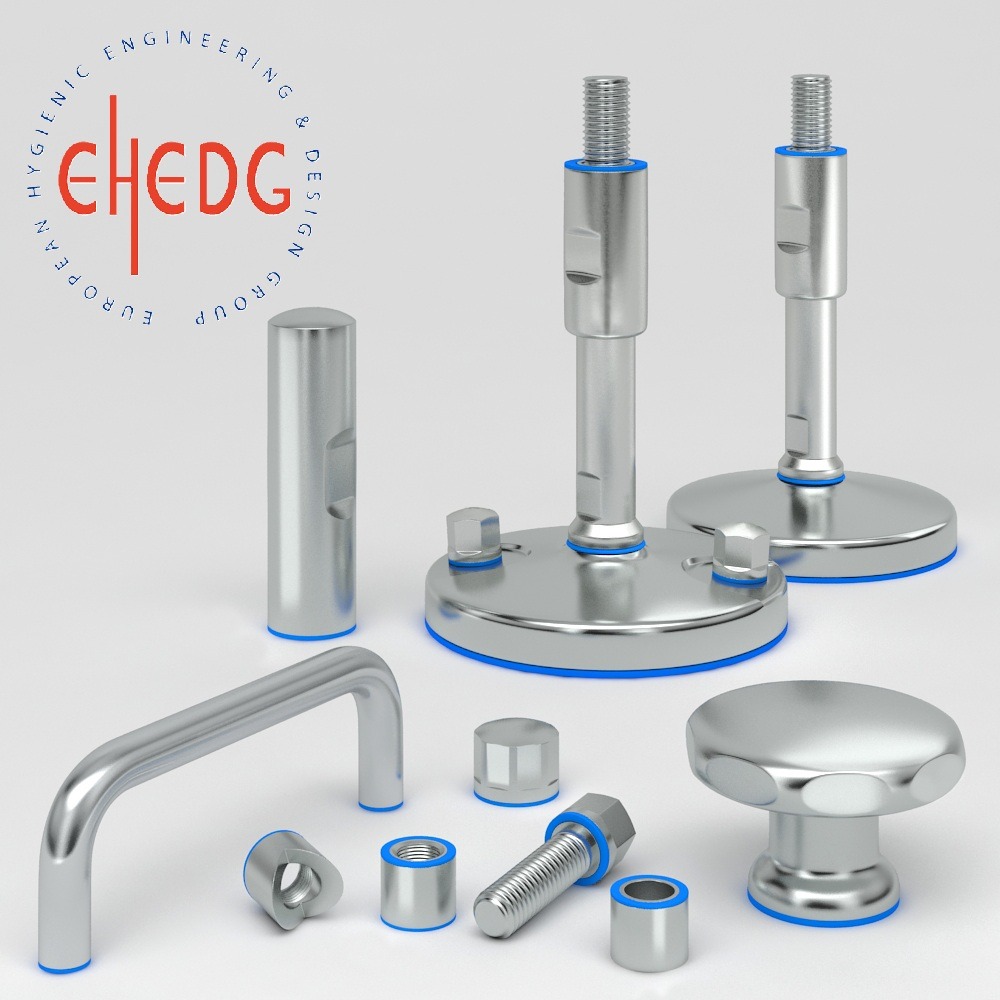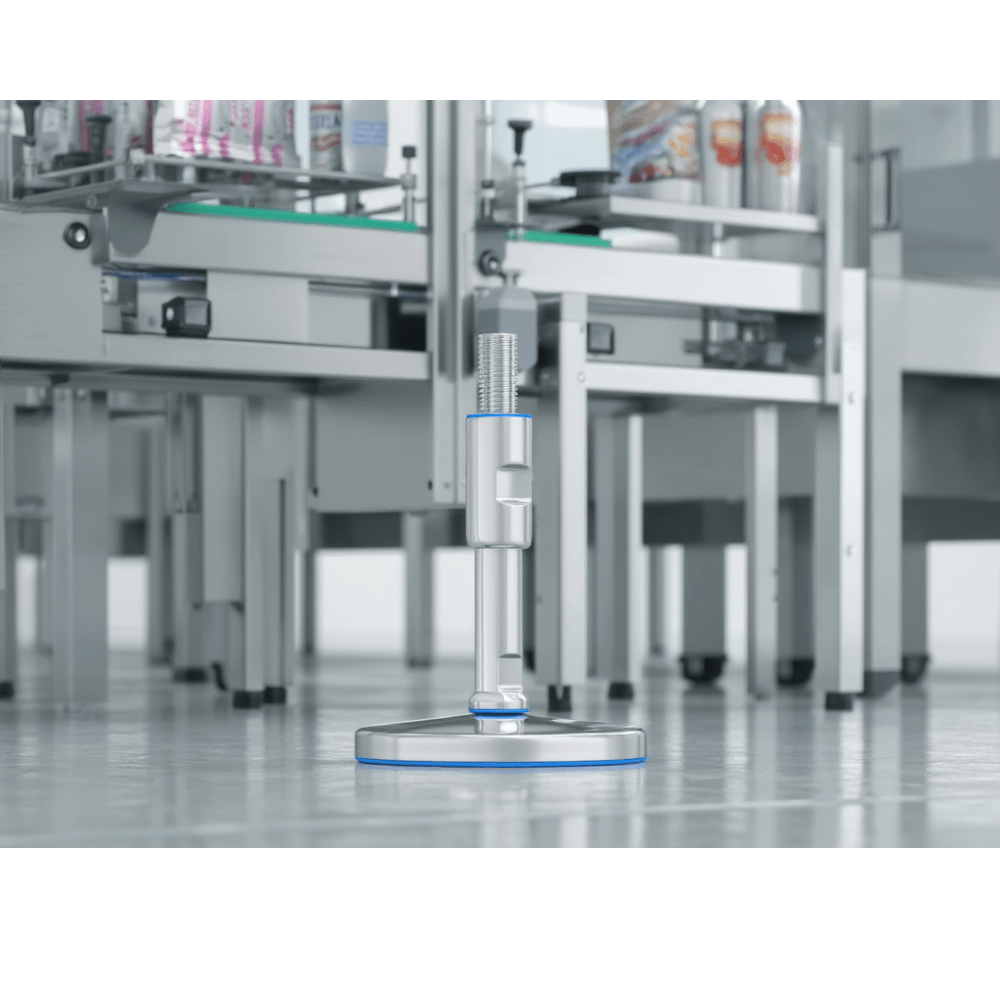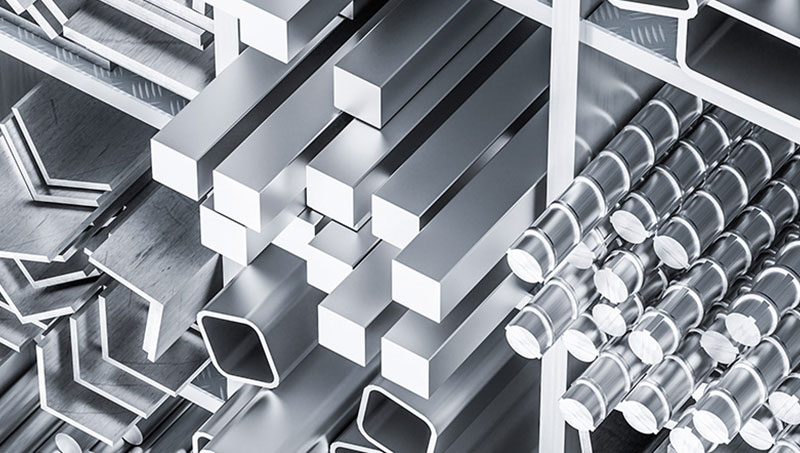
The Right Stainless Steel to Meet Sanitary Standards
In industries where hygiene is paramount, such as food processing, beverage production, and pharmaceutical manufacturing, the Sanitary Standards certification plays a crucial role. This certification ensures that the materials, components, and design of equipment meet strict hygienic standards. One of the essential components for achieving Sanitary Standards compliance is the use of specific types of stainless steel. Choosing the correct stainless steel type is vital to avoid contamination, corrosion, and wear. But with so many stainless steel grades available, how do you know which one is suitable to fulfill Sanitary Standards requirements? This comprehensive guide explores the essential factors and the most suitable stainless steel types that meet these stringent hygienic standards. The Sanitary Standards sets standards for equipment used in the food, dairy, and pharmaceutical industries. The main goal of Sanitary Standards certification is to ensure that materials and equipment surfaces are smooth, non-porous, and resistant to microbial growth. Equipment that meets Sanitary Standards minimizes contamination risks and facilitates easy cleaning and sanitization. For equipment manufacturers, adhering to Sanitary Standards is a mark of quality and assurance, enhancing product competitiveness in highly regulated industries. As stainless steel is the most widely used material for hygienic equipment, understanding which grade to use is paramount. Not every type of stainless steel qualifies for Sanitary Standards compliance. The following are the key requirements for stainless steel to meet Sanitary Standards: While there are numerous stainless steel grades available, only a select few meet the stringent hygienic design requirements of Sanitary Standards. Below are the top choices for Sanitary Standards applications: 1. 304 Stainless Steel 304 stainless steel is one of the most commonly used stainless steel grades in food, beverage, and pharmaceutical equipment. It offers a good balance of strength, corrosion resistance, and affordability. However, in highly acidic environments, 304 may be prone to corrosion, making it unsuitable for certain aggressive cleaning agents. 2. 316 Stainless Steel 316 stainless steel is the gold standard for Sanitary Standards compliance. It contains molybdenum, which significantly improves its corrosion resistance, especially against chlorides and harsh cleaning chemicals. This grade is used extensively in pharmaceutical and dairy processing where exposure to acidic and salty substances is frequent. 3. 316L Stainless Steel 316L is a low-carbon version of 316 stainless steel, which offers similar corrosion resistance but with better weldability. The low carbon content prevents carbide precipitation during welding, ensuring that no crevices are formed. As a result, 316L is a popular choice for applications that require welded joints. Selecting the right stainless steel for Sanitary Standards compliance depends on the specific industry and application requirements. Here’s a quick breakdown: Surface finish plays a crucial role in Sanitary Standards compliance. The finish affects the material’s resistance to microbial growth and the ease of cleaning. To meet Sanitary Standards, stainless steel surfaces must have a roughness average (Ra) of 32 microinches (0.8 microns) or less. To ensure Sanitary Standards compliance, manufacturers must document the stainless steel’s material grade, surface finish, and weld quality. It’s essential to work with suppliers who provide certification documentation, such as material certificates and surface roughness measurements. Achieving Sanitary Standards compliance requires selecting the correct stainless steel for hygienic applications. 304, 316, and 316L stainless steels are the most common choices, with 316L being the best option for applications involving welding and harsh cleaning conditions. Companies must also ensure that the surface finish and weld quality meet hygienic design requirements. Selecting the right stainless steel and maintaining compliance with Sanitary Standards can enhance equipment hygiene, extend product lifespan, and meet global regulatory requirements. By partnering with reputable suppliers and ensuring proper material certification, manufacturers can confidently produce hygienic and safe equipment for food, beverage, and pharmaceutical industries.Achieving Sanitary Standard Compliance:
The Role of Stainless Steel in Hygienic Food, Beverage, and Pharmaceutical Production
What is Sanitary Standards and Why Does It Matter?
Key Requirements for Stainless Steel in Sanitary Standards Applications
The Best Stainless Steel Grades for Sanitary Standards Compliance
Why 304 Stainless Steel?
Why 316 Stainless Steel?
Why 316L Stainless Steel?
Which Stainless Steel Should You Choose?
Stainless Steel Surface Finishes for Sanitary Standards Compliance
Types of Acceptable Surface Finishes:
Ensuring Compliance and Certification
Steps to Ensure Compliance:
Achieving Sanitary Standards Compliance:
Choosing the Right Stainless Steel for Hygienic Excellence
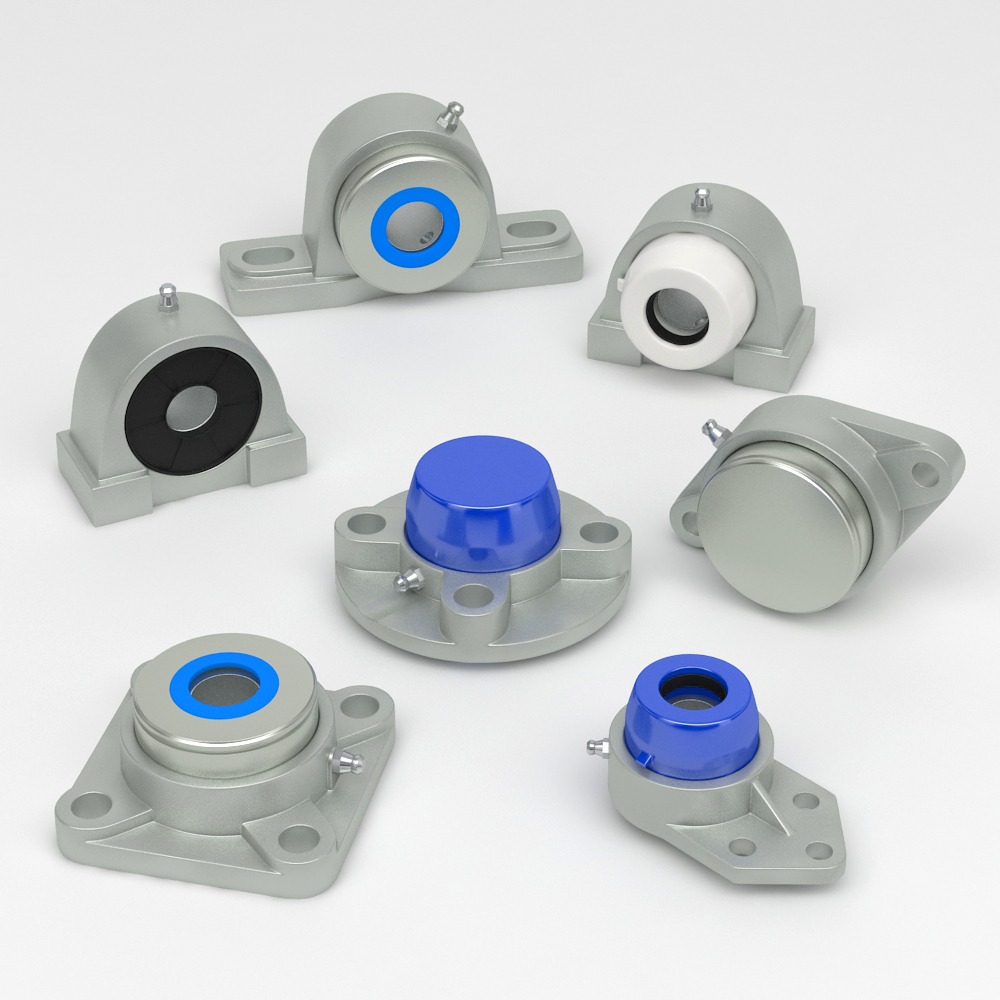
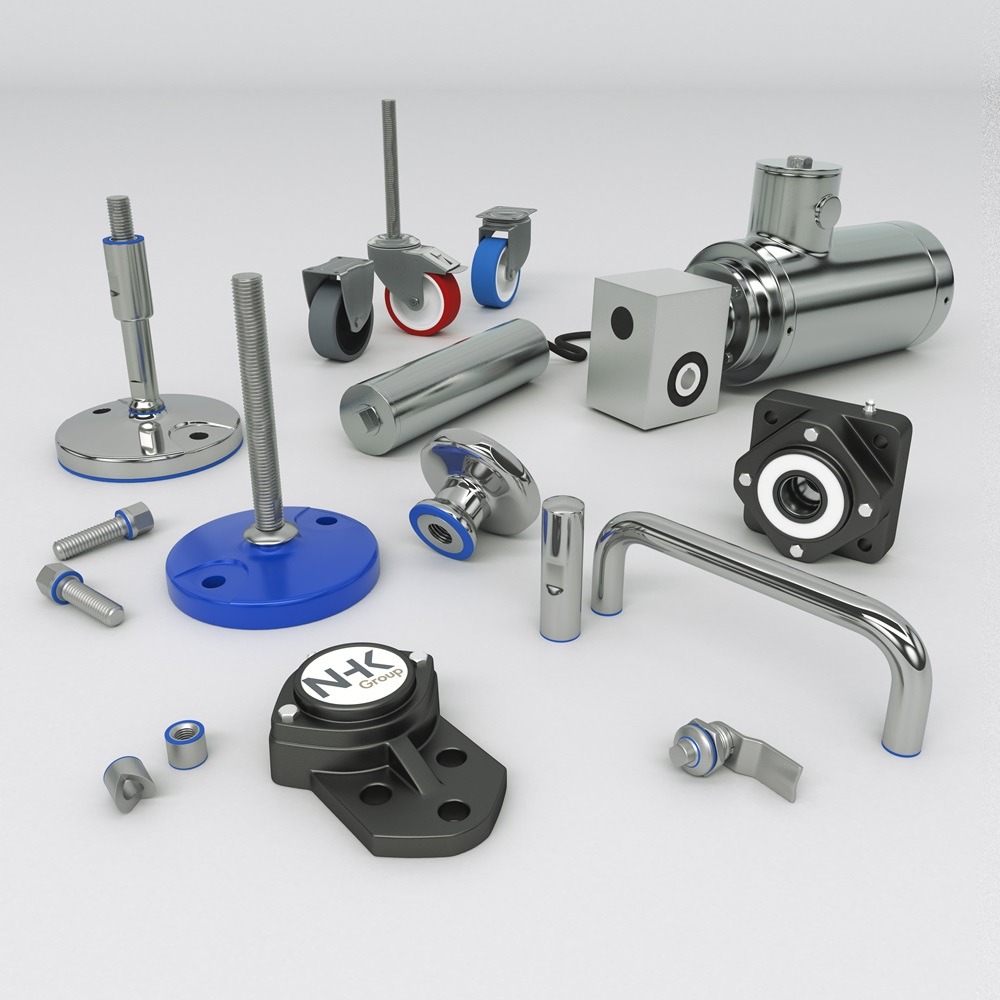
Contact
